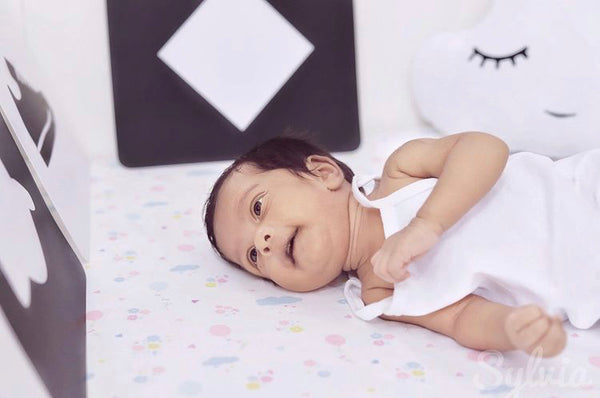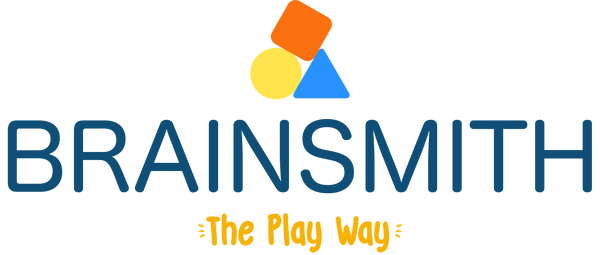Why Visual Stimulation is Important for Newborn Babies
Posted on September 17 2021

Did you know vision helps in the all round development of a child? Any delay in the visual skills can delay the development of other skills as well. Vision is an important part of learning about the environment and connecting with the world.
A lot happens in the first 12 months of a baby's life. They go from having difficulty focusing their eyes to being able to follow along and imitate movements and recognize things. Stimulating your baby’s vision will help the eye muscles and the brain to coordinate and function properly. You can do so, by using high contrast black and white Newborn Cards. Here is how your baby’s vision develops over time:
Newborn

@junior_syapa_singh
A newborn’s vision is relatively fuzzy. They are able to see light, general shapes and movements in their surroundings. Babies can only see up to a distance of 8-12 inches. They shift their eyes towards the black and white cards instead of other toys because the high contrast images attract them. During this stage, they are not able to distinguish between colours, in fact it even takes them time to see any colour at all. As a result, they love black and white images as they can more easily distinguish them.
1-2 Months

@girl2mom
During the first months, the baby is finally able to focus both eyes. They also start to recognize primary colours. You can use high contrast images during their tummy time. It can become a visual exercise for them.
3-4 Months

@nehaabhijitpawar
At 3 months, they start to follow moving objects with their eyes and tend to reach out to them. To practice tracking, lay your baby on their back and show them a black and white card from top. Once the card has their attention, slowly move the card and watch them move their eyes along with the card.
5-6 Months

@playfulparenthood
During this time, the baby can recognize familiar objects by a partial glimpse. Playing peek-a-boo can help develop these skills when the baby is 5-6 months old. Also, by 6 months, a baby can see all colours and their vision is completely developed. Along with hand-eye coordination, they are also starting to develop their motor skills during this period. They can identify the difference between 2 objects and you can use a high-contrast card to engage them during meal times.
7-8 Months

@talesofizaan
By this time, babies learn to balance their weight with support and see everything that moves from a fan to a train to a bird. These are everyday stimuli that also help in the development of sensory pathways. You can lay the high contrast newborn cards around allowing the baby to explore by themselves.
8-9 Months

The control of eye movements and eye-body coordination skills continue to improve. At 8 months, most babies start crawling which further helps in the development of their hand-eye-foot-body coordination. By 9 months, they are able to push themselves into standing positions and grab objects with their thumbs and forefingers. You can simply lay the high contrast cards in front of them and see how they start to grab their favourite cards.
